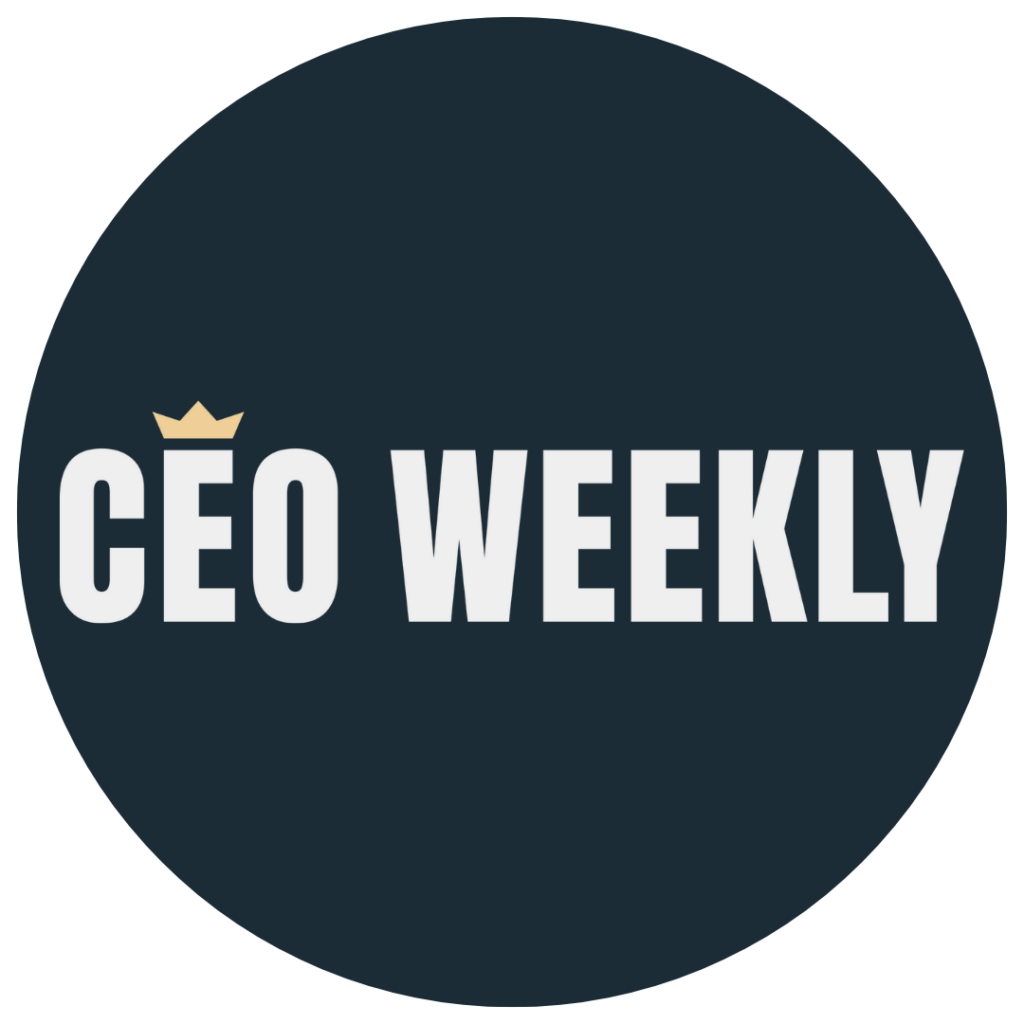By: Stephen Quill
By combining theory, case studies, and a powerful narrative, Alex Cummins explores what it means to lead in today’s complex world.
Leadership has always been at the core of organizational success—but as economic landscapes shift, the qualities that define great leadership may need to evolve. In The Leadership Route: How Different Approaches to Management Can Shape a Leader, author Alex Cummins doesn’t just analyze different leadership models—he presents a compelling case for one transformative idea: that effective leadership is about lifting others.
At a time when the global economy is marked by digital disruption, labor shortages, and cultural shifts in the workplace, Cummins’ book provides both a timely diagnosis and potential solutions. By contrasting two characters with distinct leadership styles—one who empowers and one who controls—Cummins illustrates how leadership decisions can have ripple effects that extend far beyond the boardroom. These choices may influence not only organizational health but also broader economic trends such as job creation, innovation, and financial resilience.
Beyond Models: A Human-Centric Approach
While the book explores various leadership models—such as transformational and servant leadership—it is not a simple catalog of techniques. Rather, as Cummins explains, it centers on a singular guiding principle: “leading by lifting others.” For Cummins, leadership is not about hierarchy or control, but about empowering those around you. “The book gives us a chance to see this evolved approach in action, and to consider what happens when it’s absent,” he says.
This central theme is rooted in the author’s extensive work with organizations grappling with outdated management styles. He observed how fear-based and controlling environments often led to toxic cultures, disengagement, and stagnation. On the other hand, companies that valued safety, growth, and inclusivity tended to experience stronger collaboration and adaptability—traits that are becoming increasingly vital in today’s volatile market.
Leadership as a Process, Not a Position
One of the book’s most significant contributions is its reframing of leadership as a process, not a position. Cummins challenges the conventional view of leadership transitions, arguing that true leadership development doesn’t come from simply replacing one figurehead with another. Instead, it emerges from building a culture in which leadership is distributed, practiced, and cultivated at all levels.
“When lifting becomes part of the culture,” he says, “leadership transitions may become smoother because you’re surrounded by people who are growing.” In this way, The Leadership Route aligns with contemporary research on decentralized decision-making and agile management—approaches that have been shown to increase innovation and organizational resilience.
This philosophy is particularly relevant in a world of hybrid work models and shifting employee expectations. As younger generations enter the workforce seeking purpose, flexibility, and psychological safety, traditional command-and-control structures are fast becoming obsolete. Cummins urges leaders to adapt not only to market pressures but also to human needs. His book explores how inclusive, empowering leadership can foster environments where people thrive—and businesses prosper.
Leadership as Economic Strategy
Perhaps most striking is Cummins’ assertion that leadership is more than just an organizational concern—it’s an economic imperative. Strong leadership, he argues, can have direct implications for national and global economies. Businesses that prioritize leadership development may be more resilient during economic downturns and more innovative during upswings. During the 2008 financial crisis and the COVID-19 pandemic, for instance, companies led by adaptive, forward-thinking leaders fared better on average than their peers.
Cummins draws a connection between empowered teams and increased productivity, ethical leadership and stronger investor confidence, and inclusive workplaces and greater consumer trust. In his view, cultivating leadership at every level is not simply a “nice to have”—it’s a strategic necessity. “We don’t need a role or rank to adopt the Leadership Route,” he emphasizes. “When people at all levels are encouraged to think like leaders—to take ownership, to support others, to stay aligned with purpose—you unlock innovation, resilience, and collaboration.”
These principles are supported by real-world case studies in the book, spanning startups and multinational corporations. Whether it’s a retail company adapting to supply chain challenges or a tech firm navigating AI integration, Cummins shows how leadership decisions can influence economic performance.
A Roadmap for the Future of Work
The final chapters of The Leadership Route explore how leadership must continue to evolve to meet the demands of the future. With trends like automation, remote work, and growing mental health awareness reshaping the workplace, leaders must remain flexible and human-centered. Cummins offers practical strategies for embedding leadership development into everyday practice—building organizations where people are not just managed but inspired.
In this sense, the book is more than a leadership manual. It’s a call to action for anyone who influences others—executives, team leads, educators, policymakers—to embrace a mindset of growth, empathy, and courage.
Why The Leadership Route Matters Now
In a business environment where volatility is the only constant, Cummins delivers a crucial insight: leadership isn’t just about steering the ship; it’s about equipping everyone on board to navigate. The Leadership Route is both a practical guide and a philosophical manifesto—one that encourages organizations to redefine success not by control, but by empowerment.
For business leaders, economists, and policymakers alike, this book offers a roadmap for creating not just stronger companies, but a more resilient, adaptable economy. As Cummins puts it, “Management stands at a crossroads: continue down the same path and risk slipping into irrelevance—or adopt a more evolved approach that reimagines leadership.”
In that sense, The Leadership Route is not just timely—it’s essential.
Buy your copy of The Leadership Route: How Different Approaches to Management Can Shape a Leader, and start reading today!
Published by Jeremy S.











